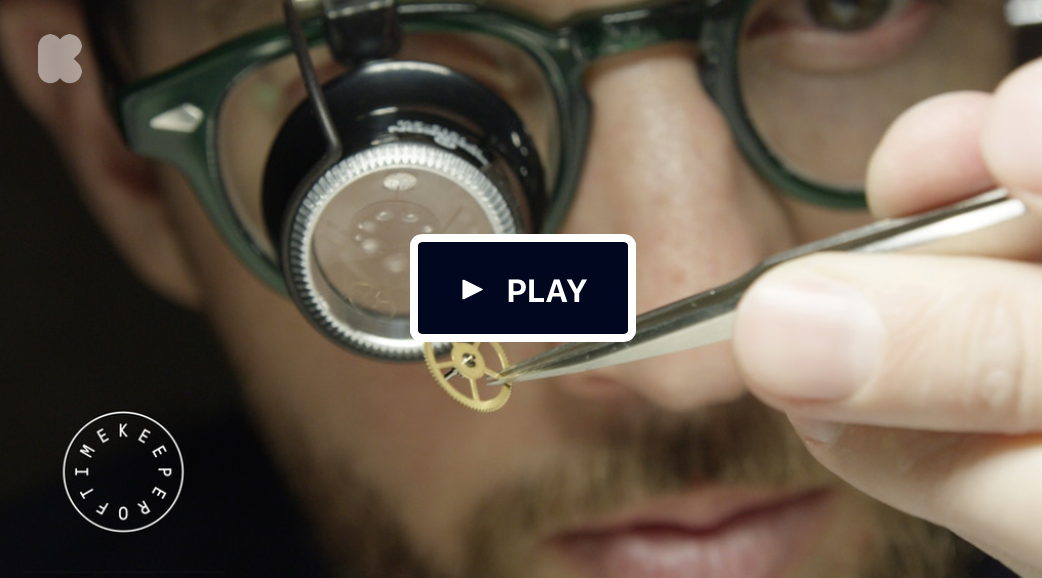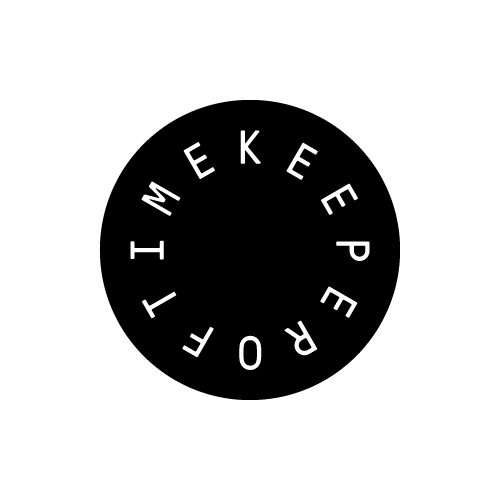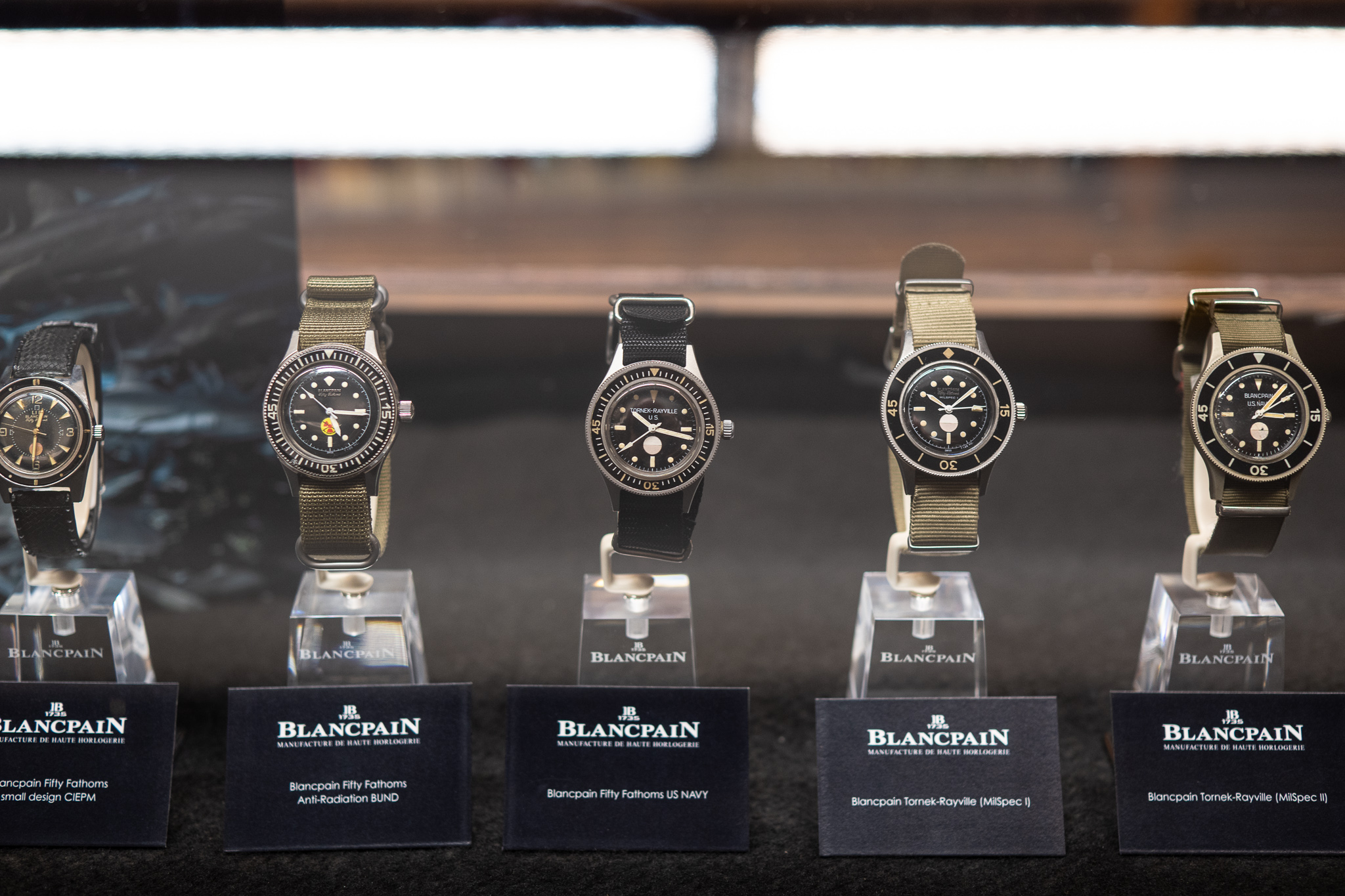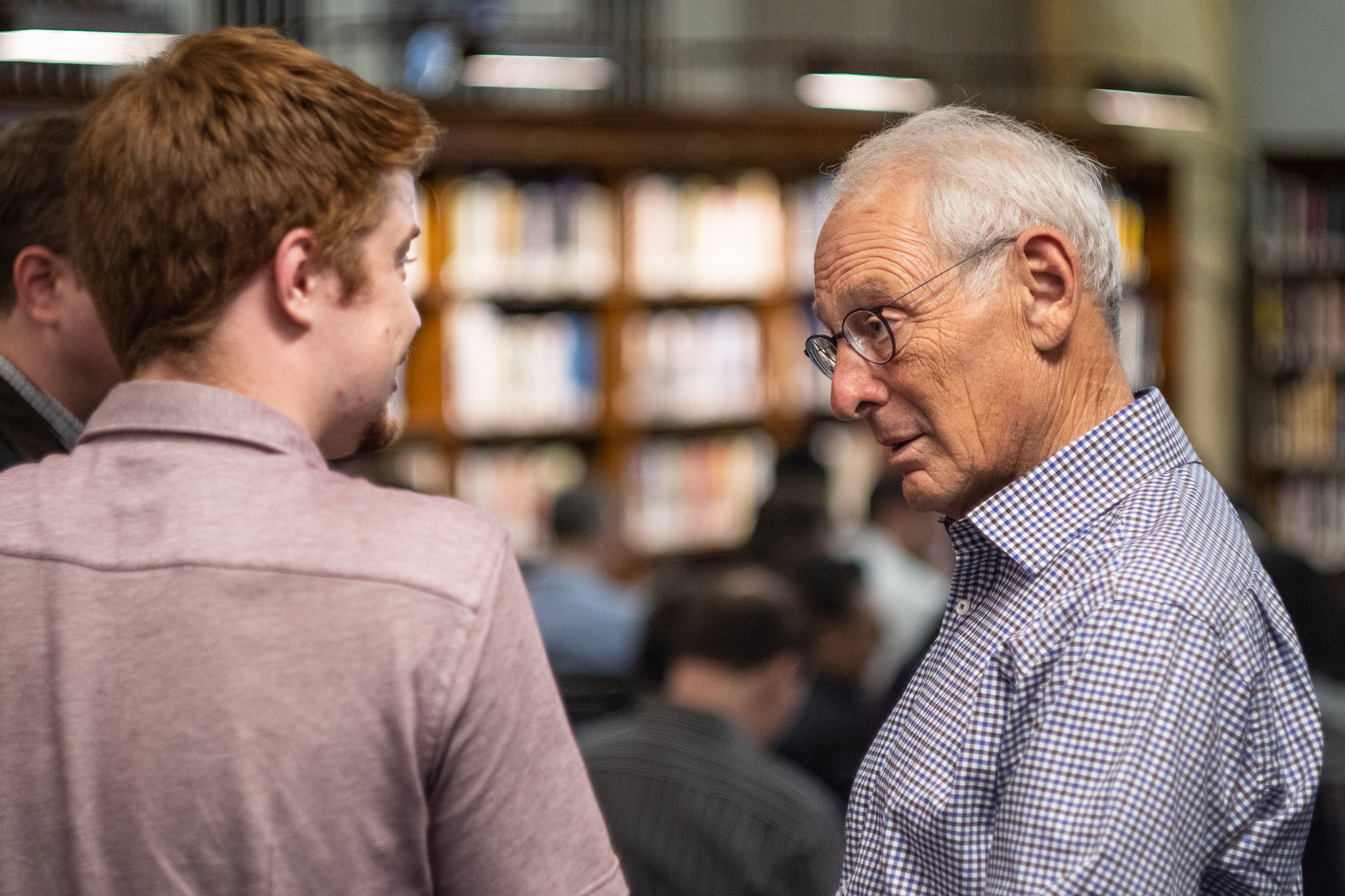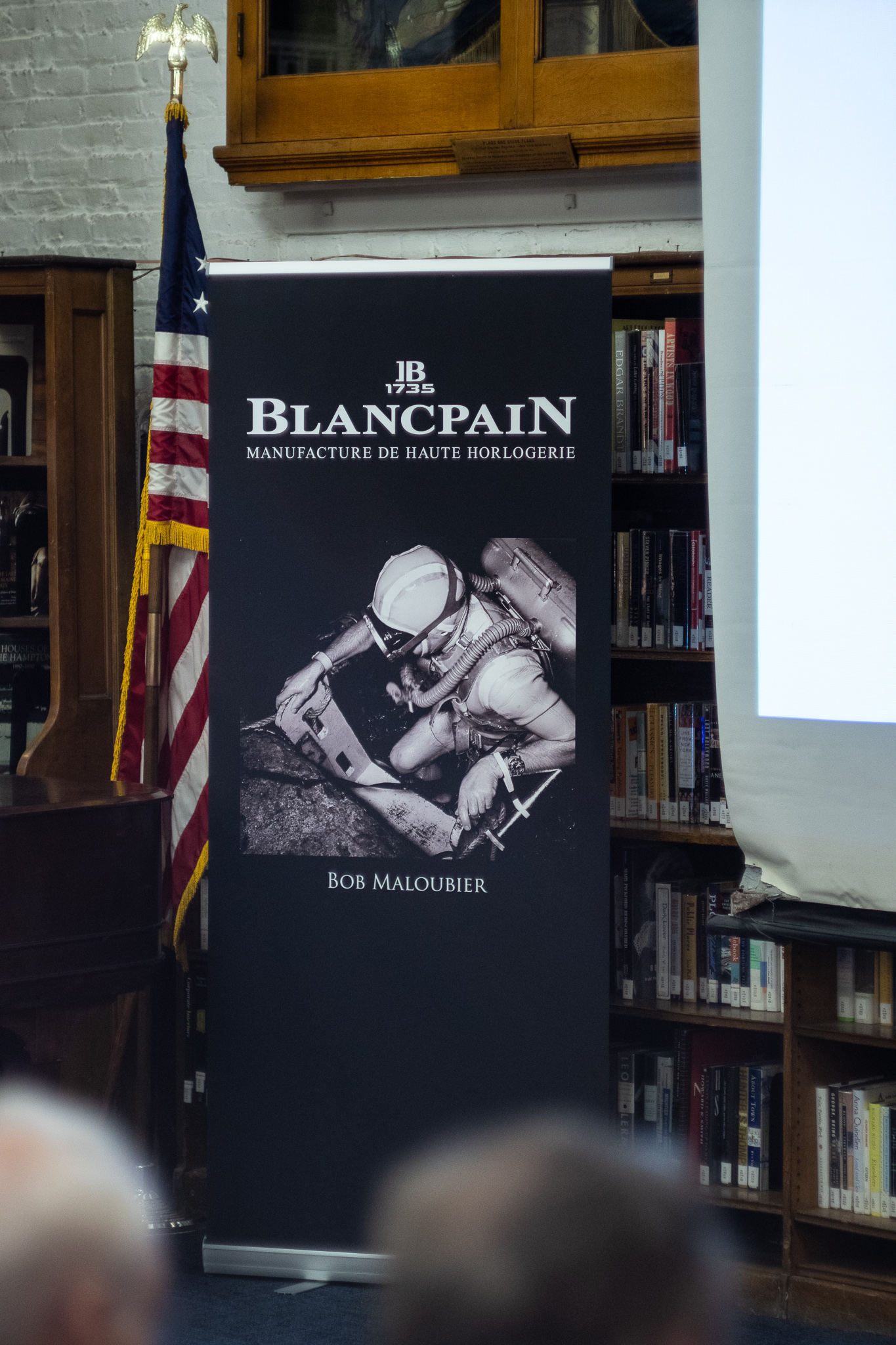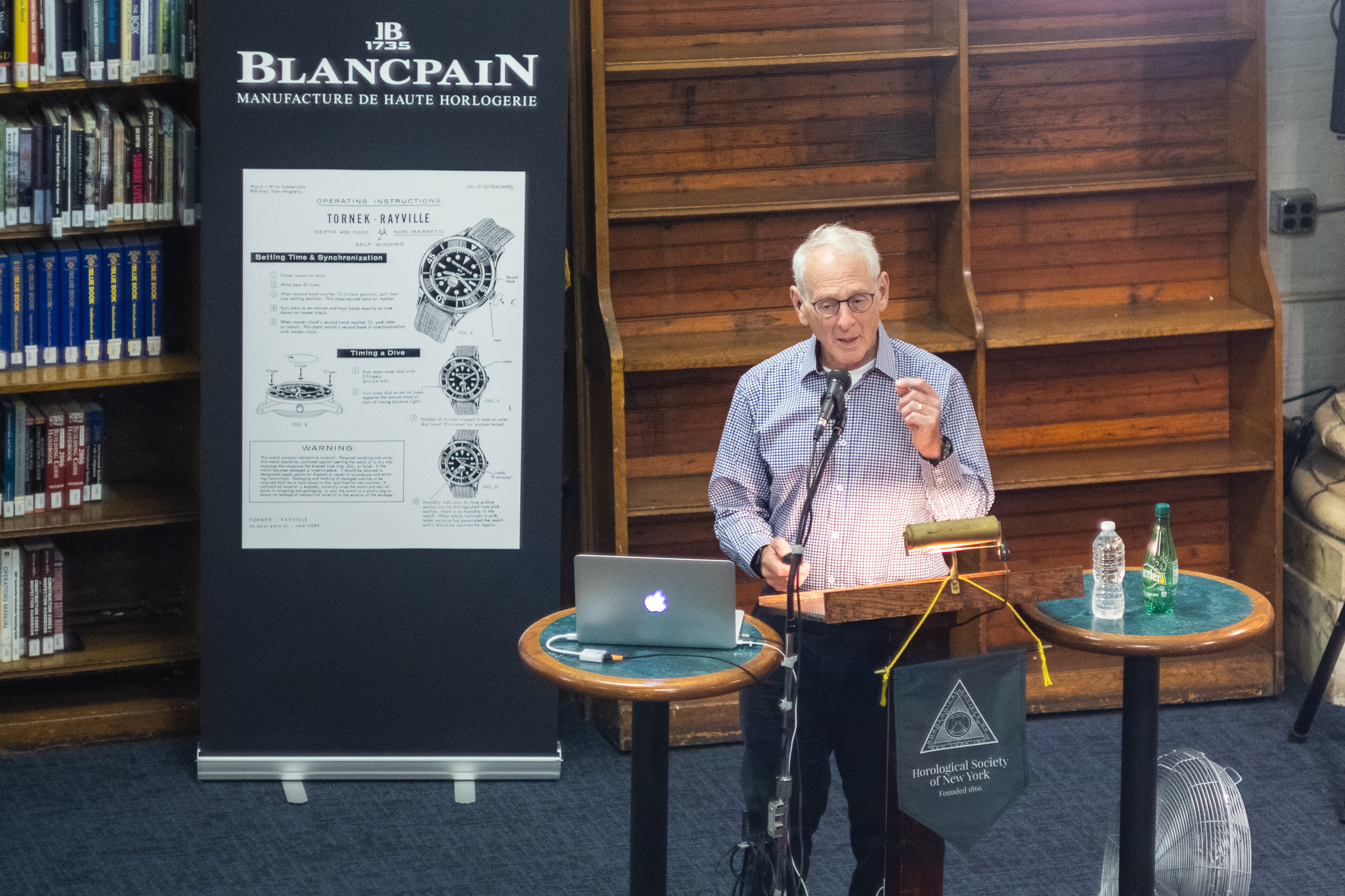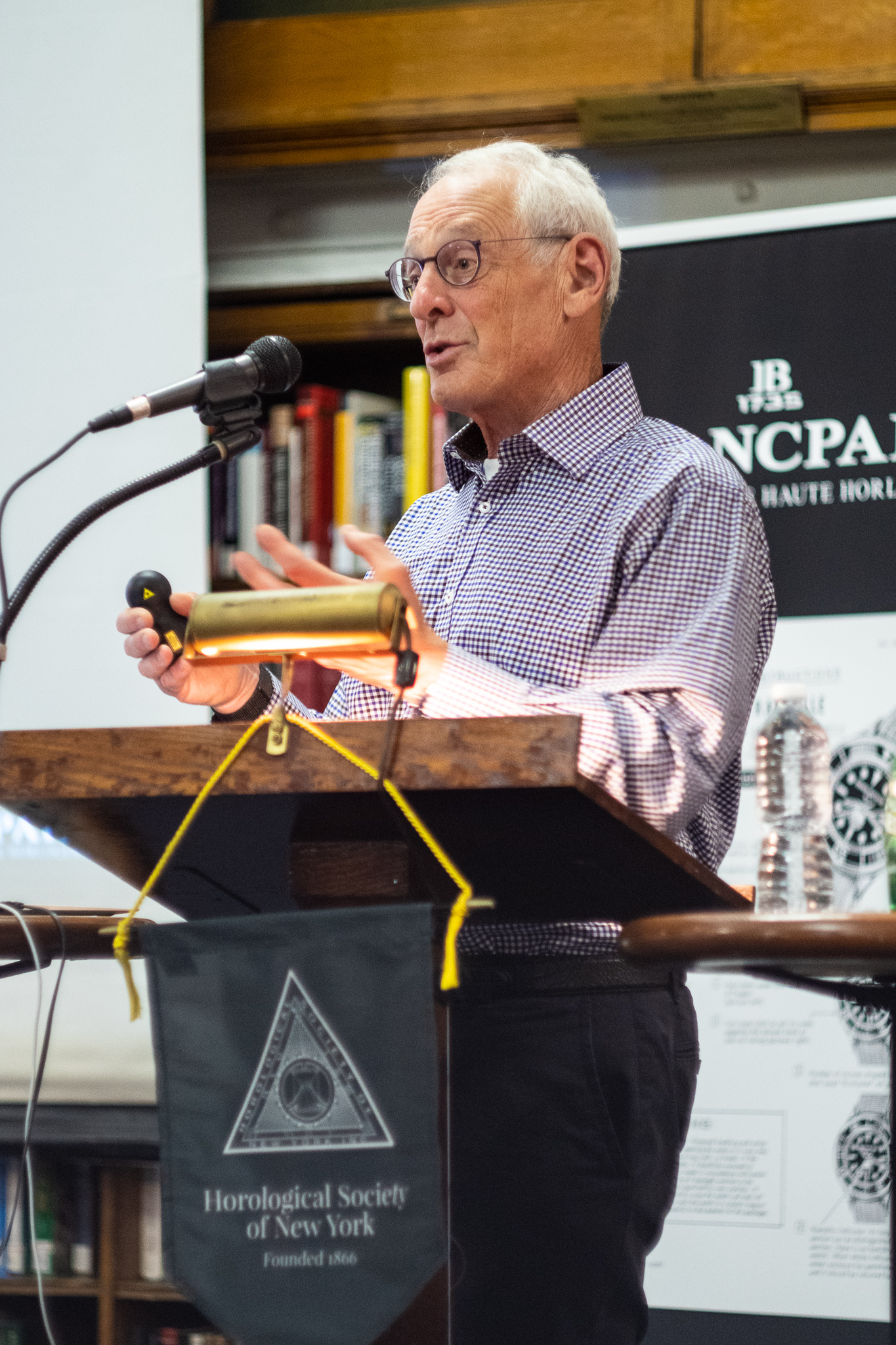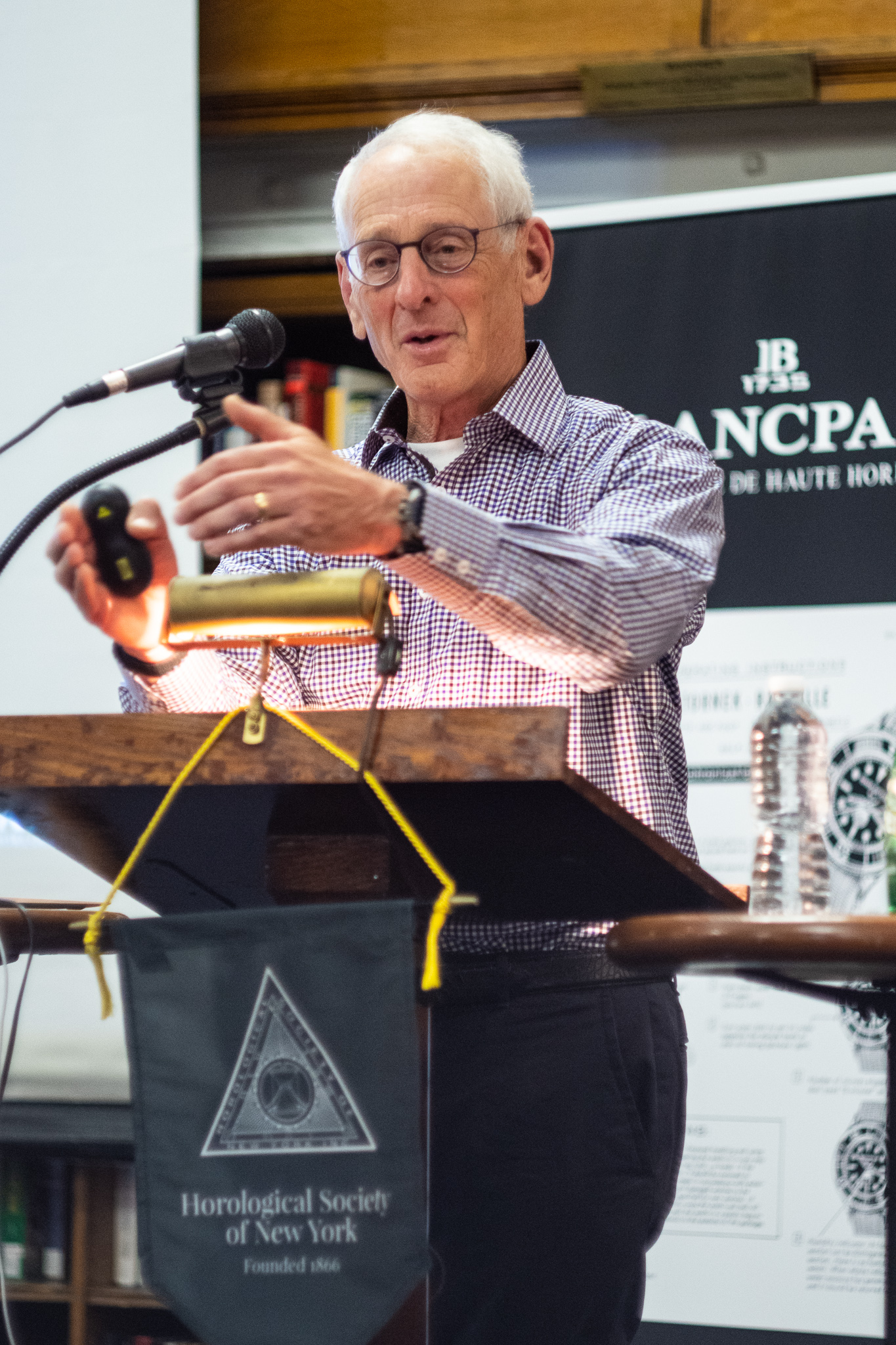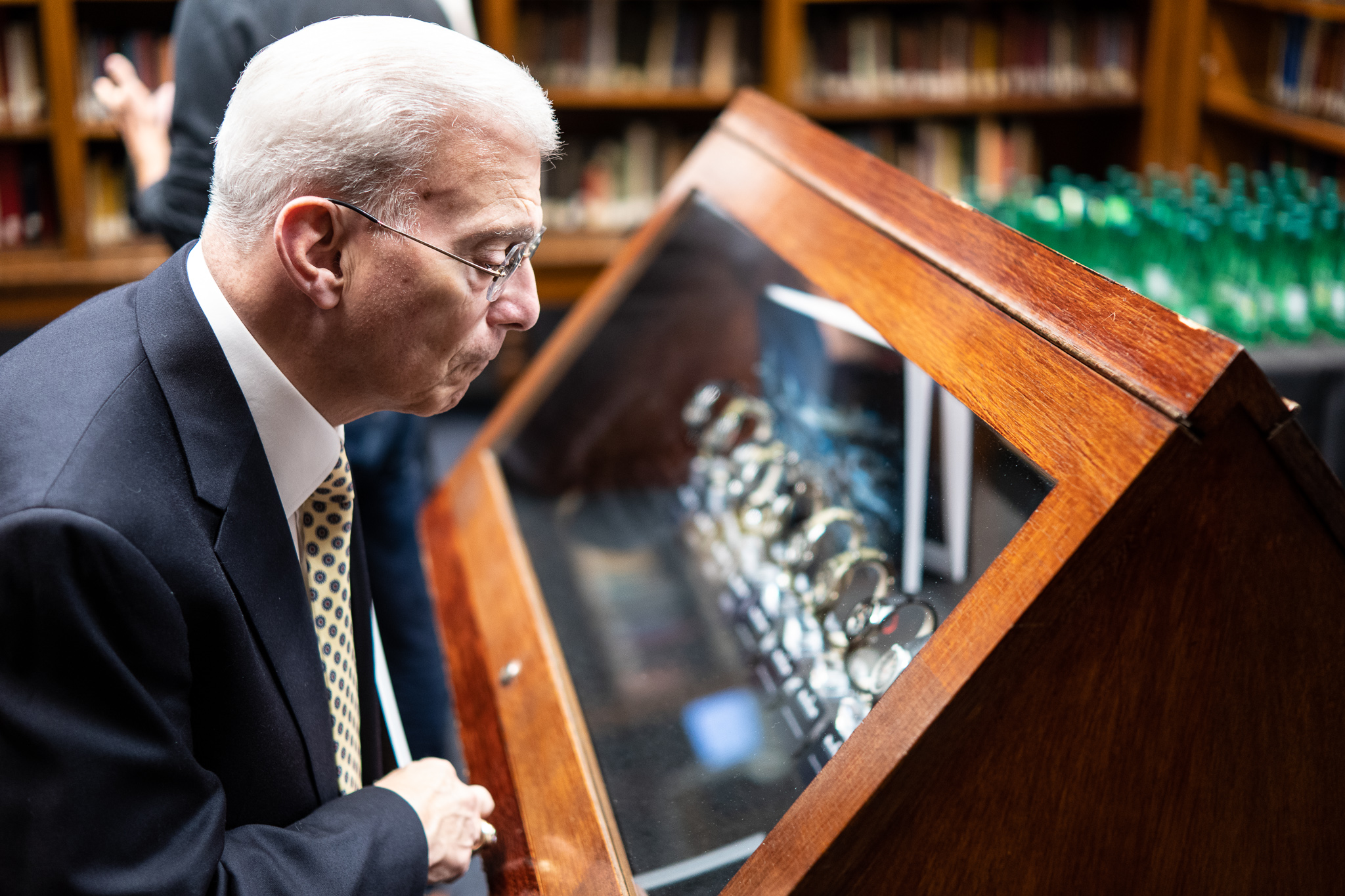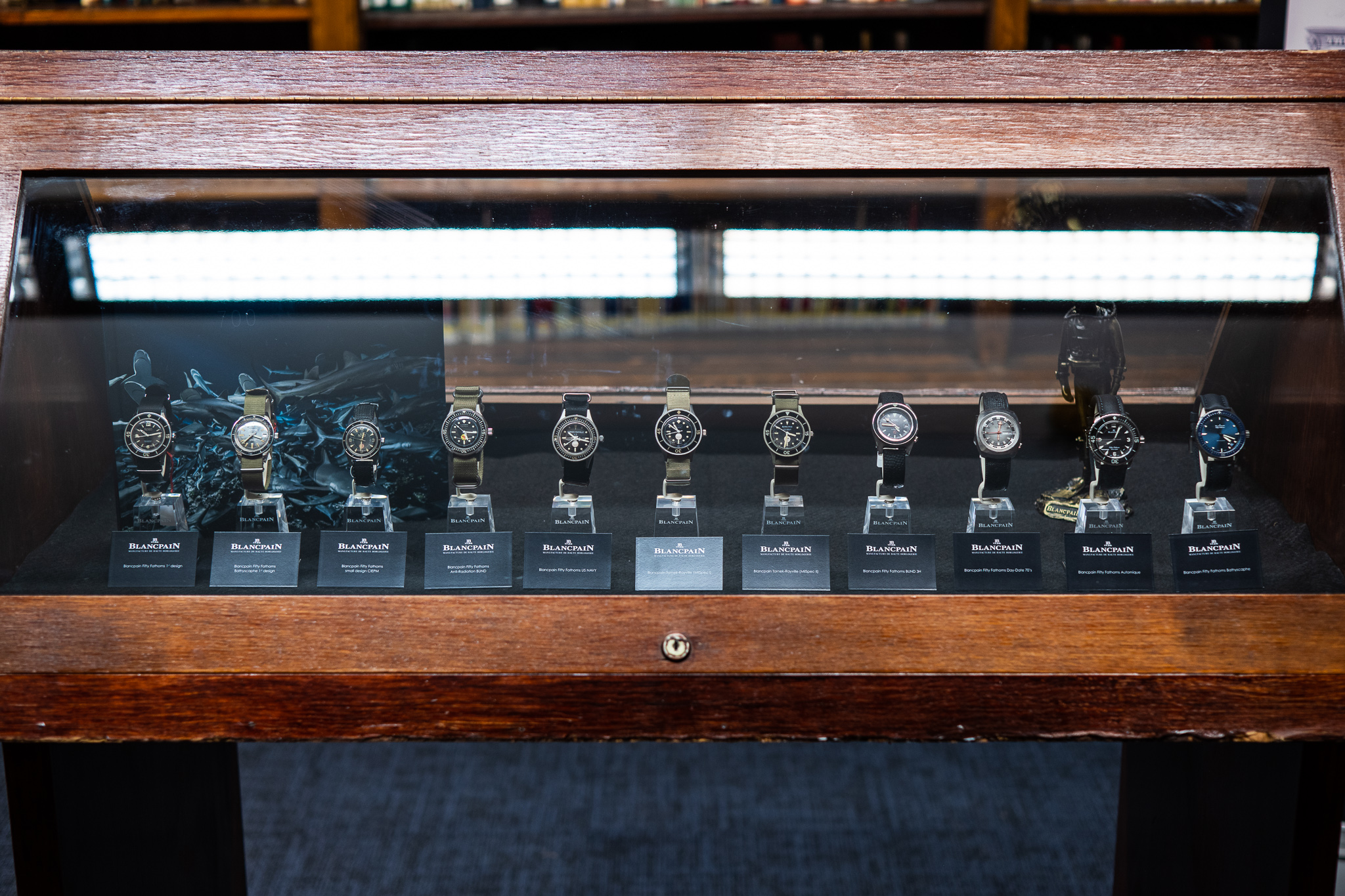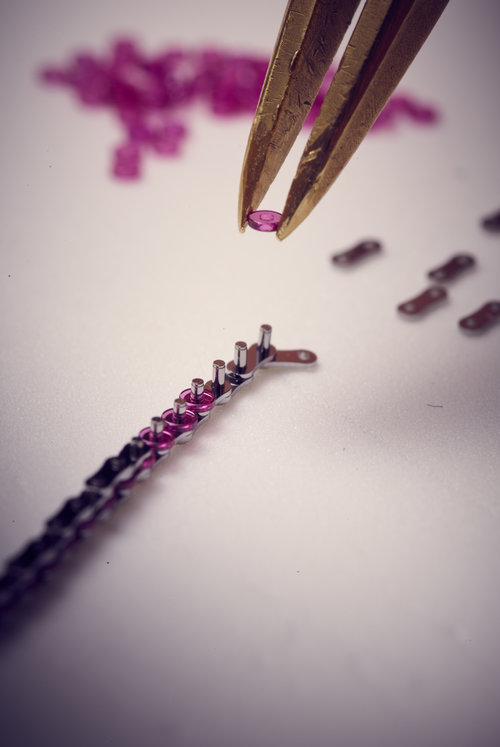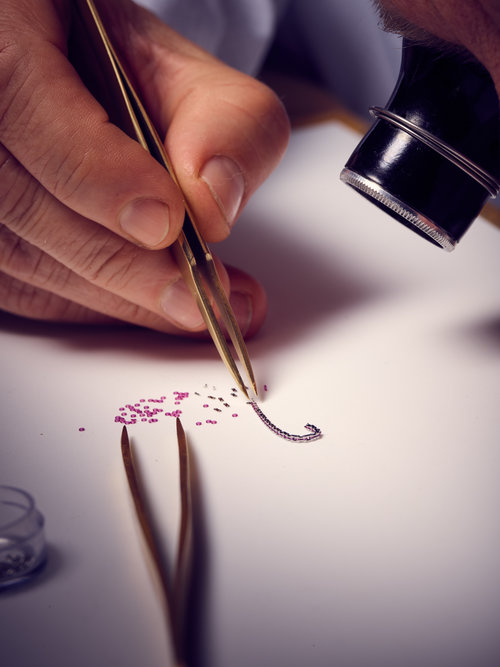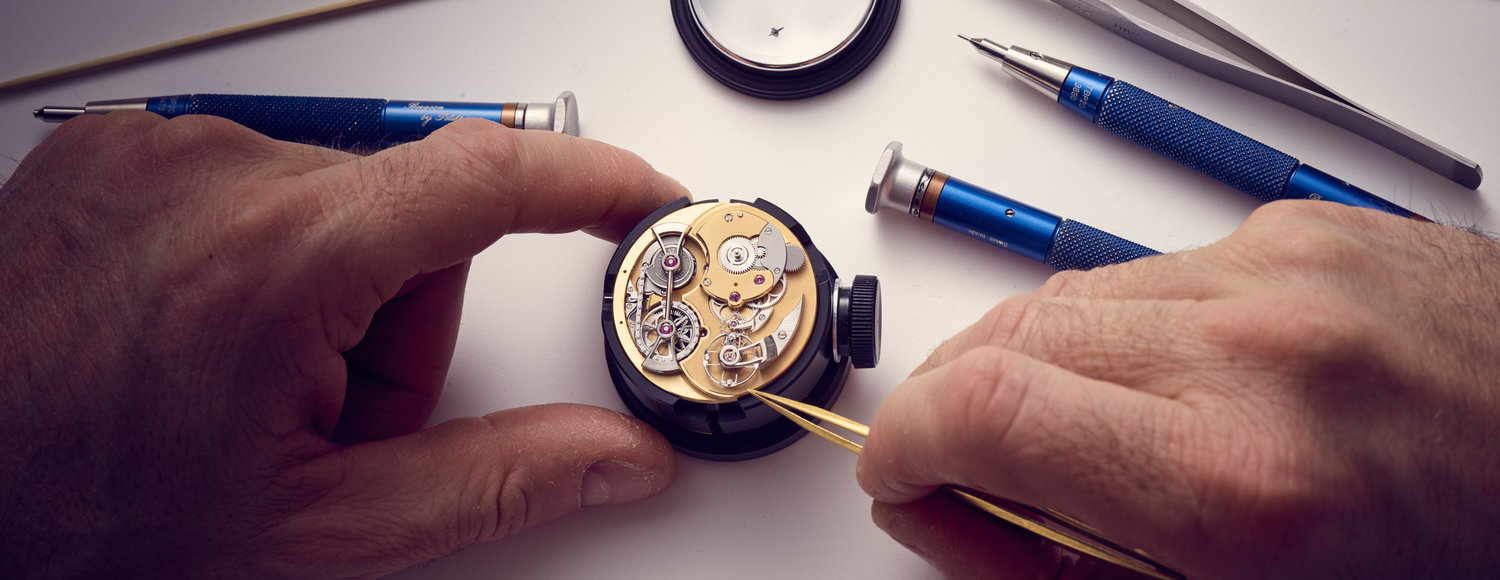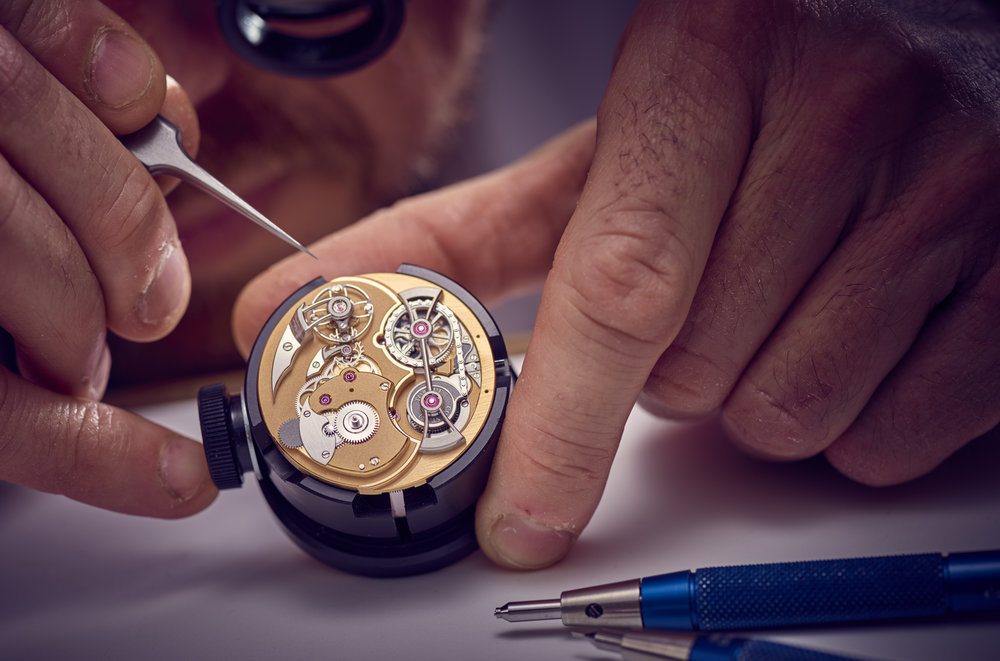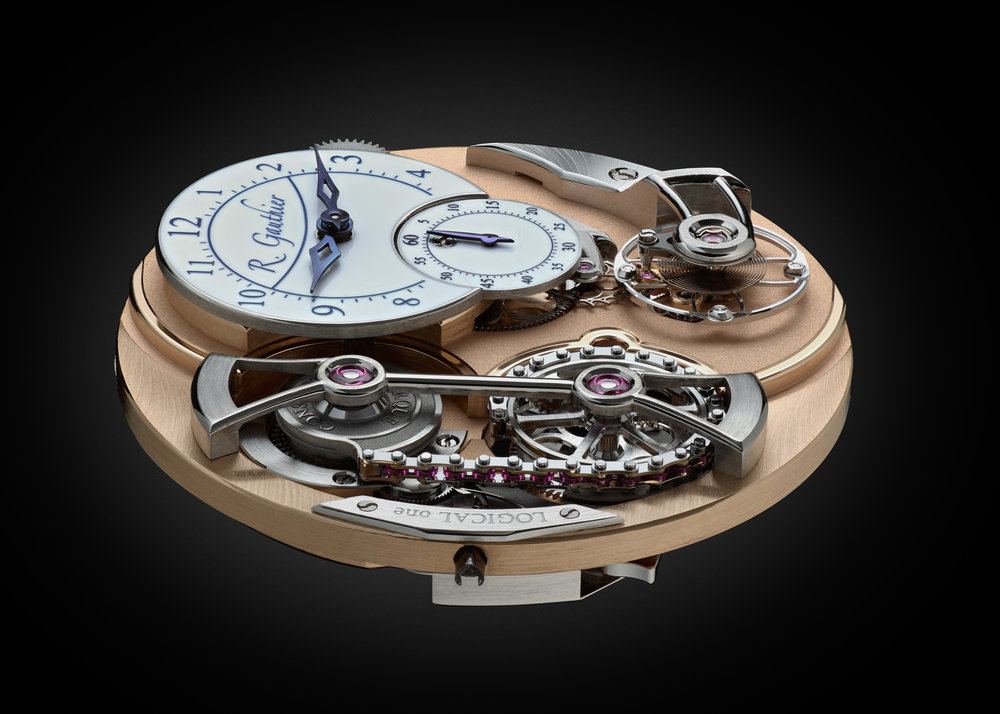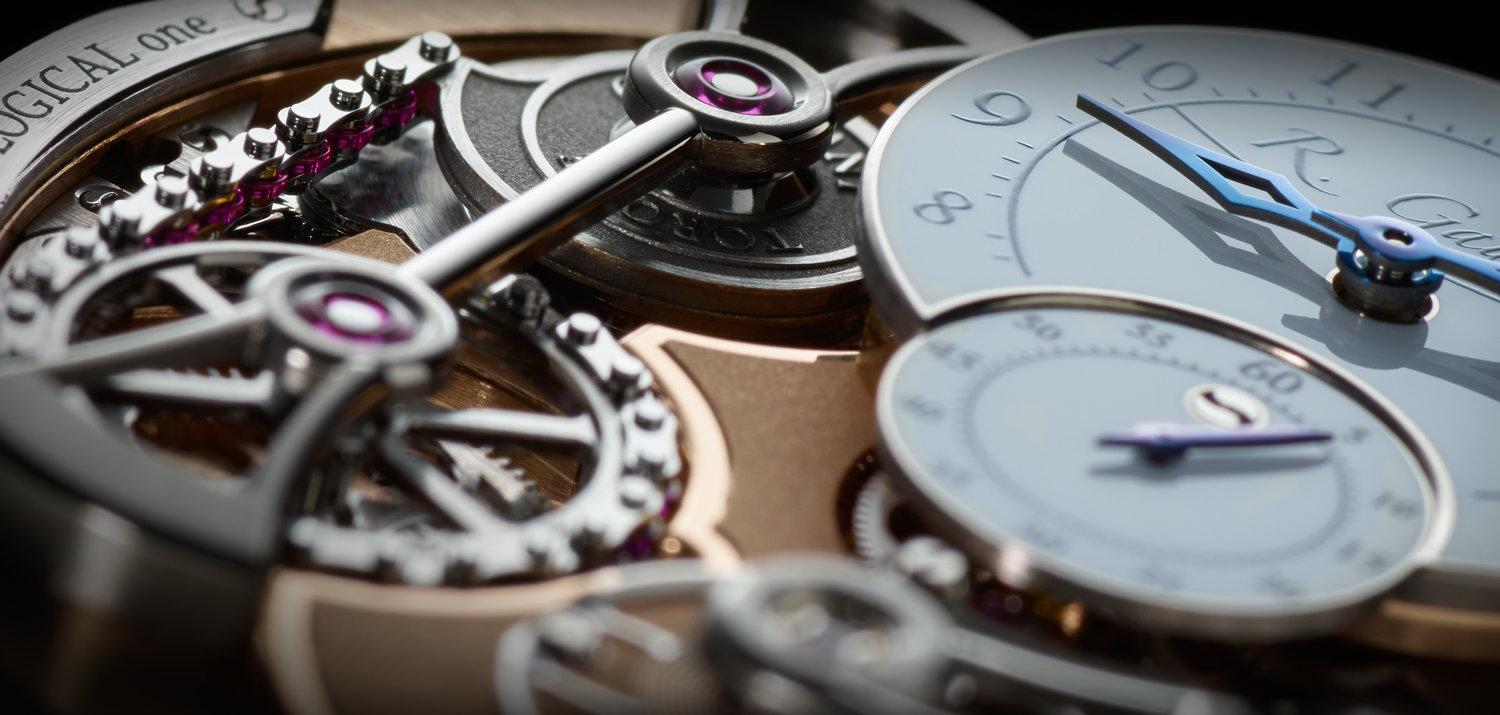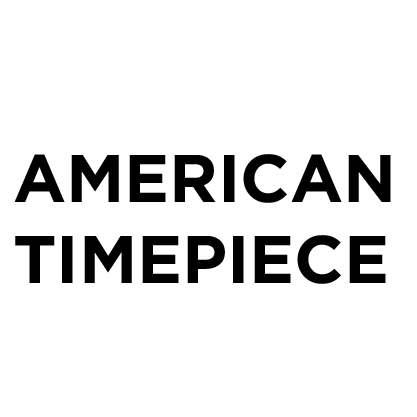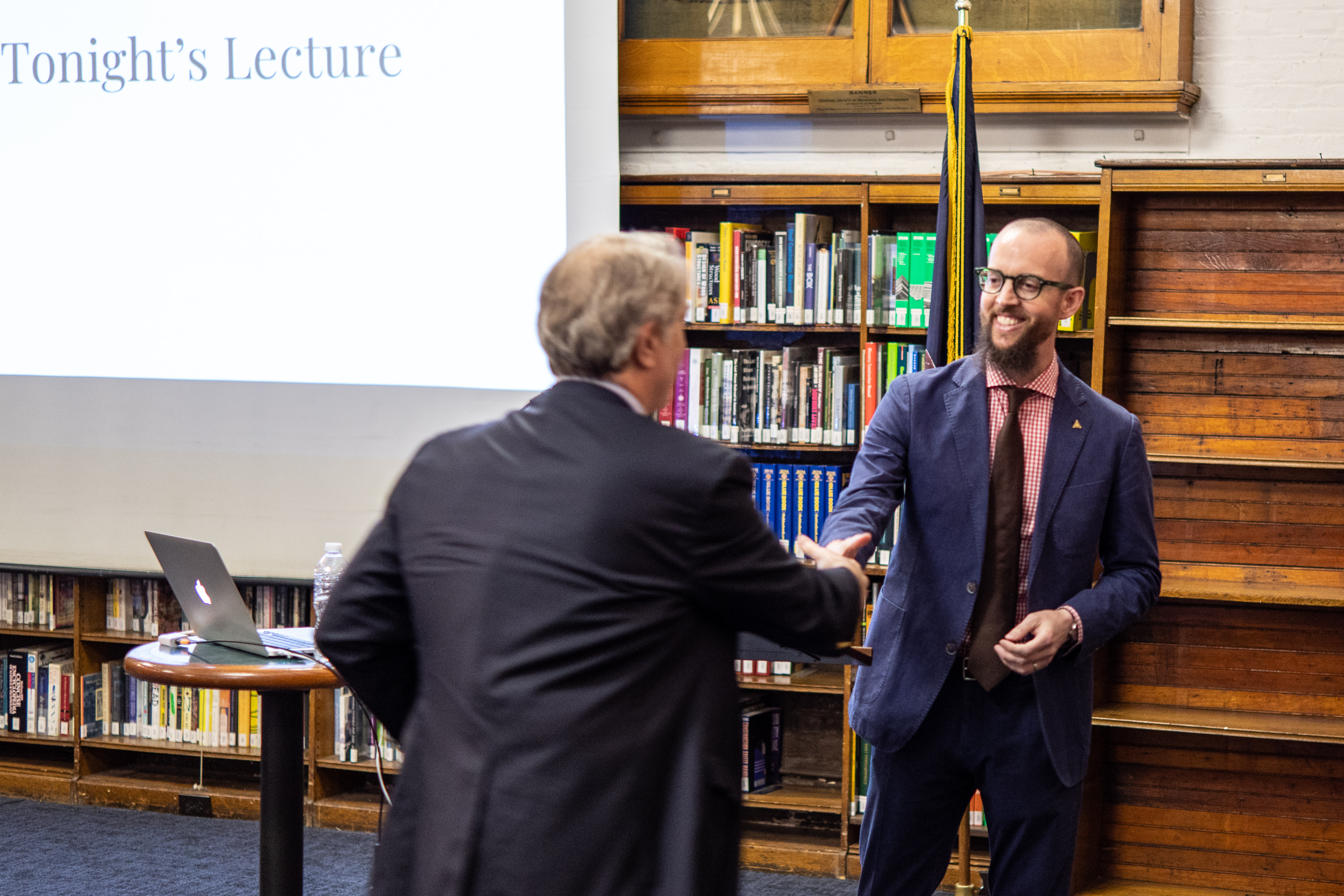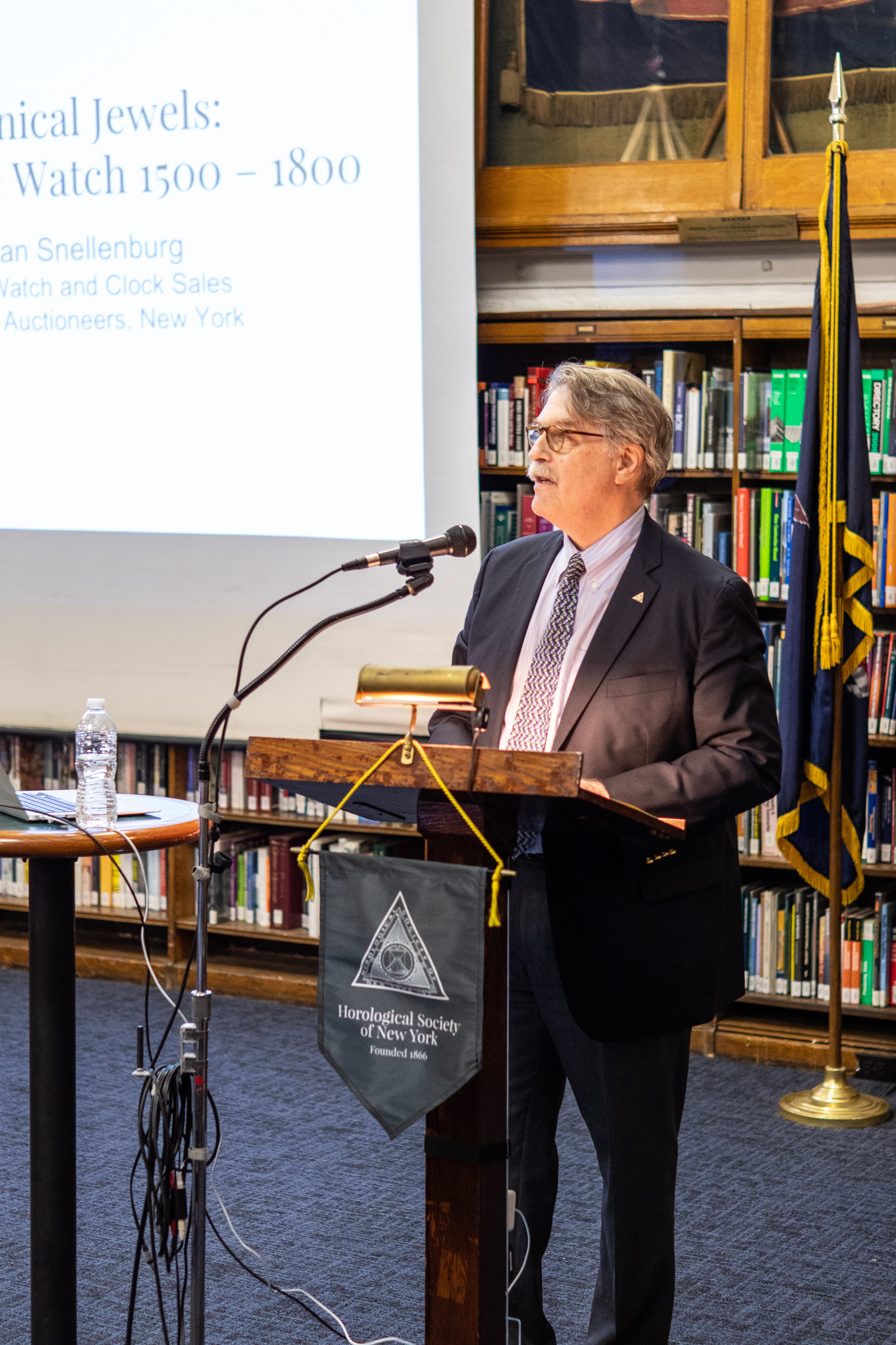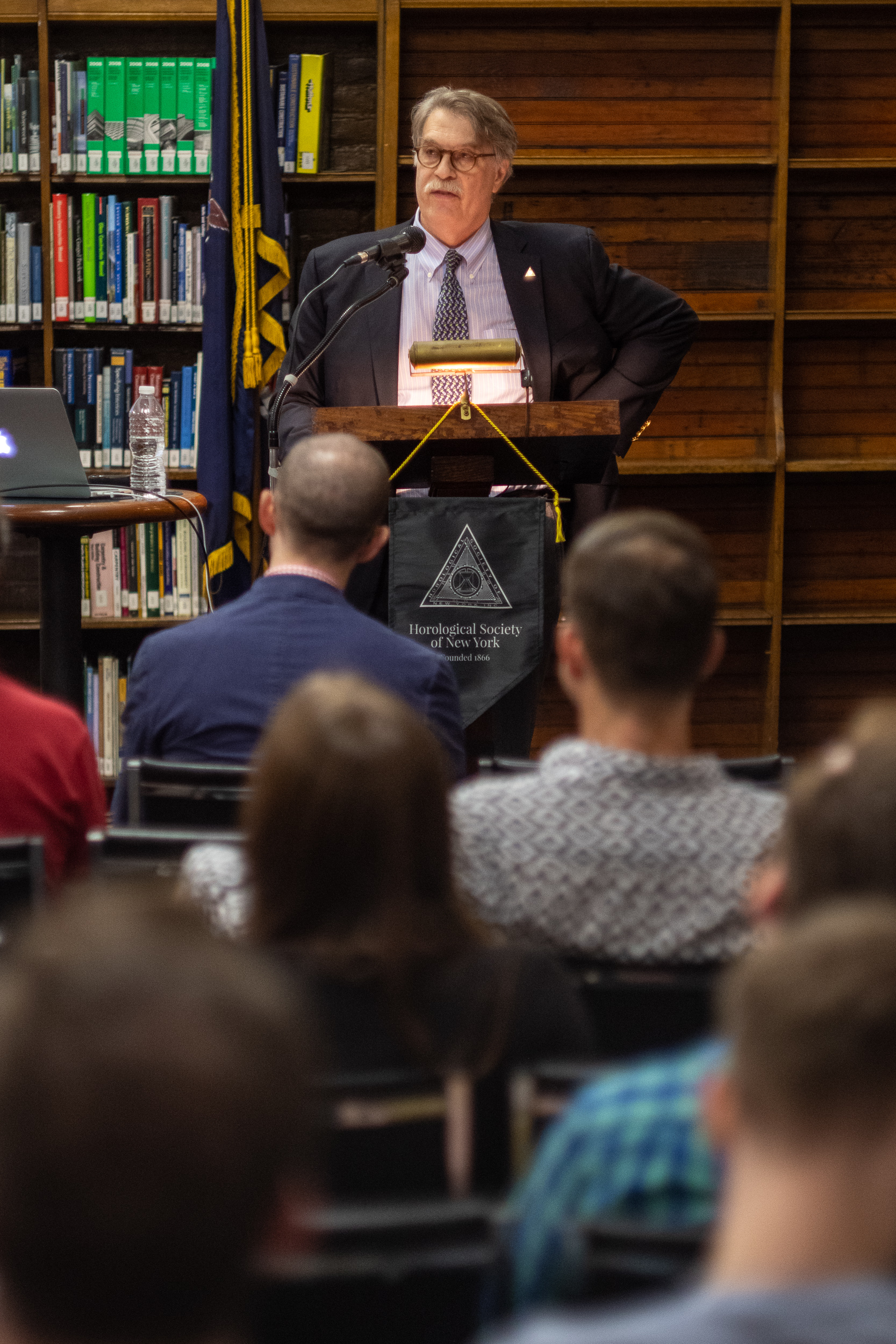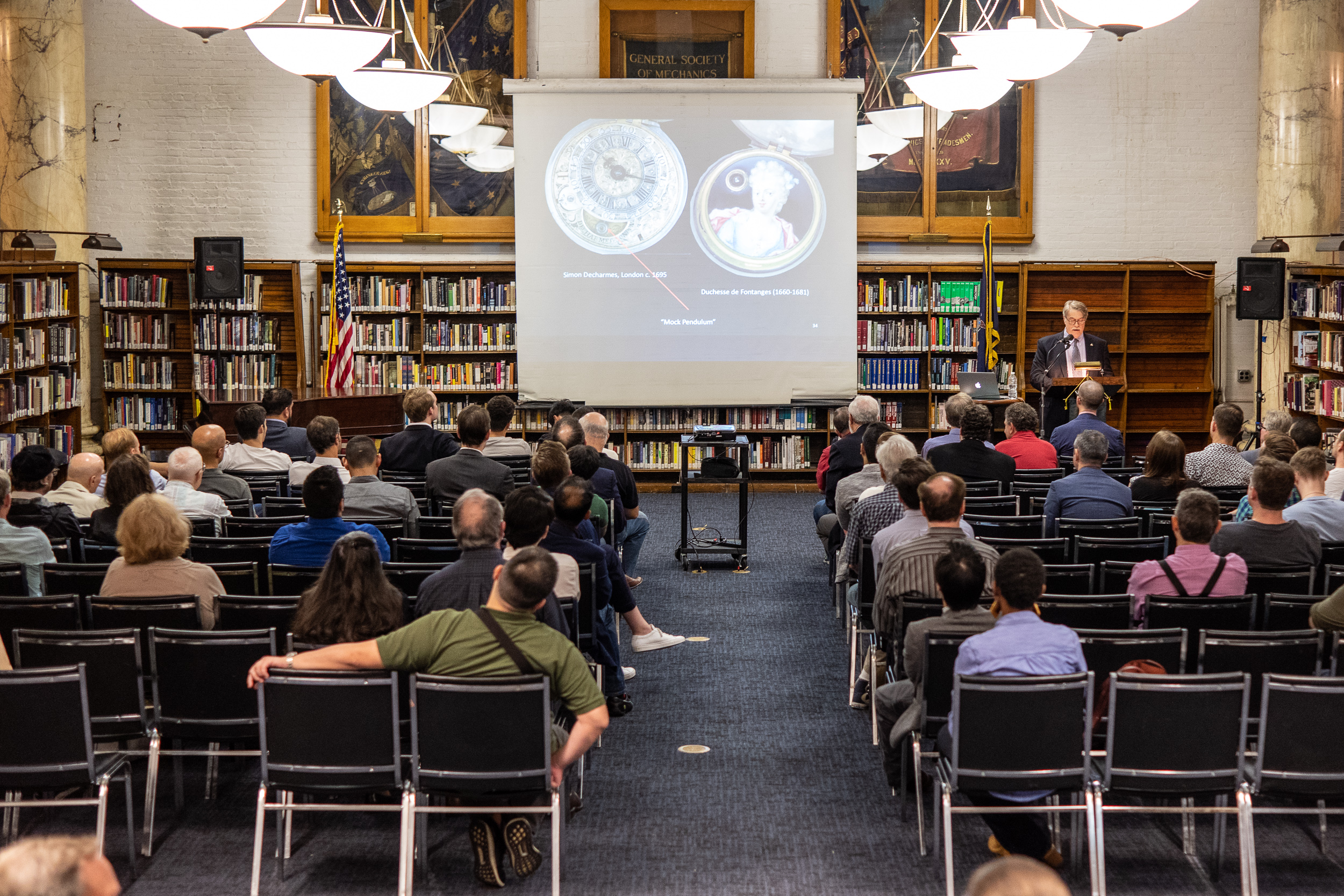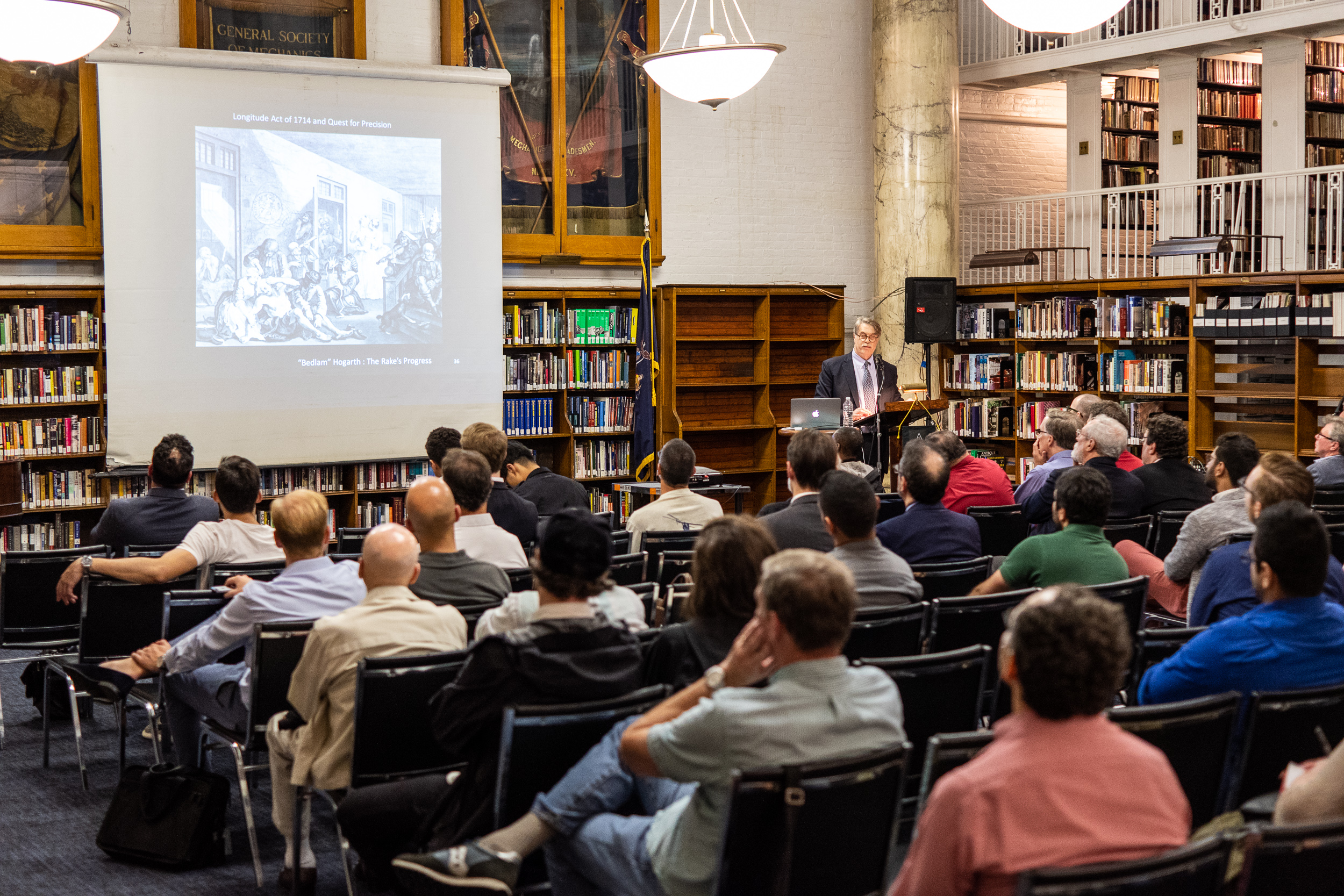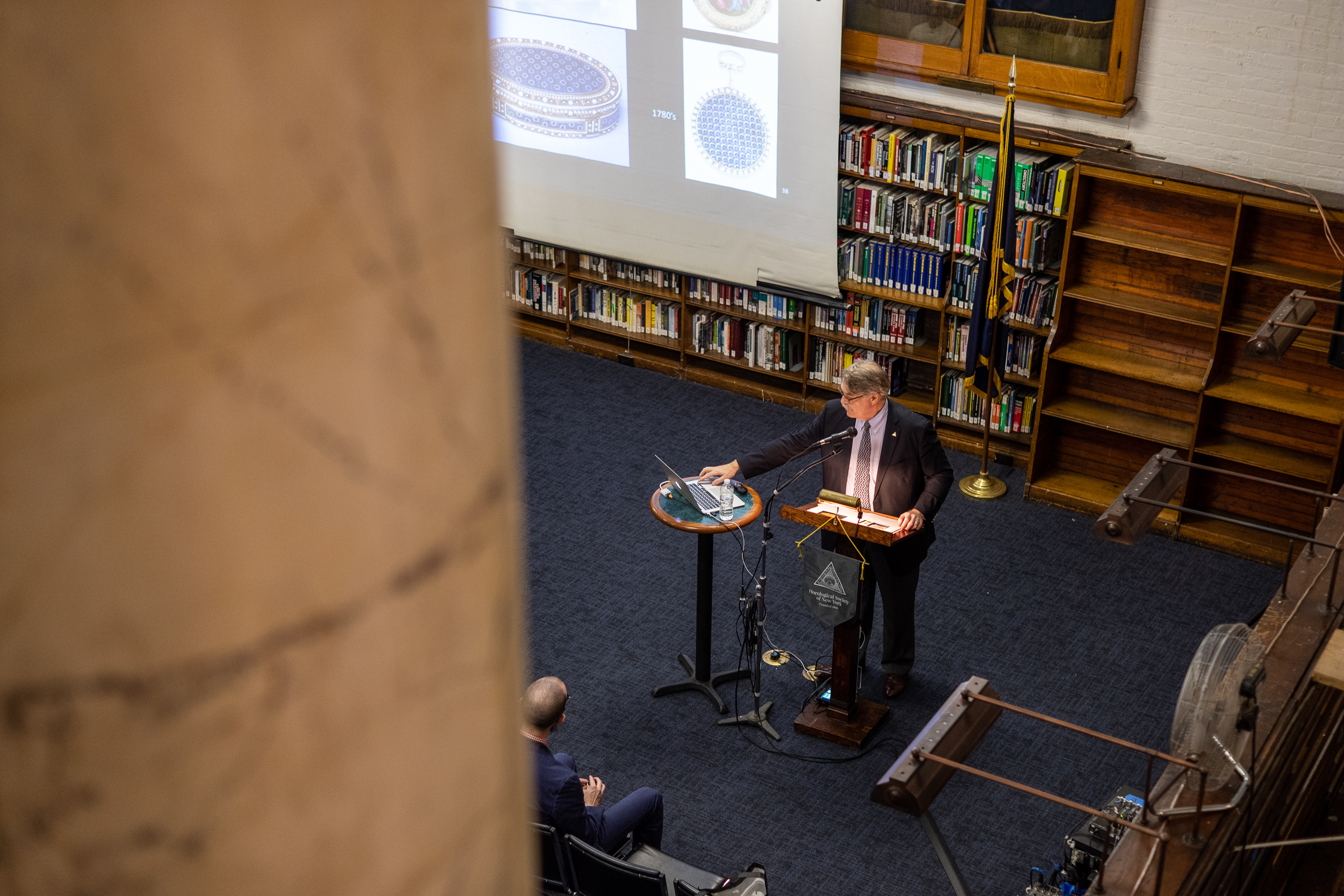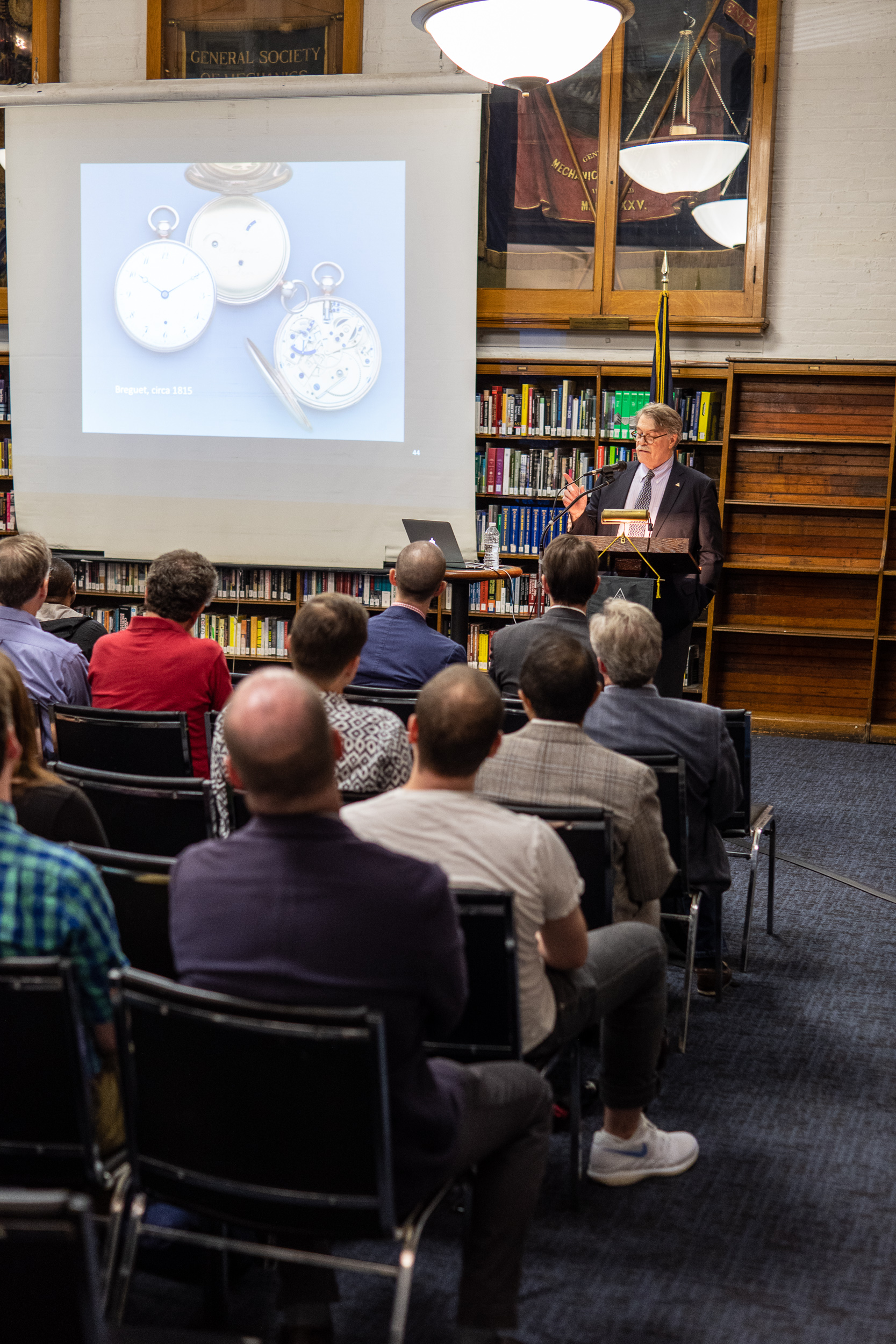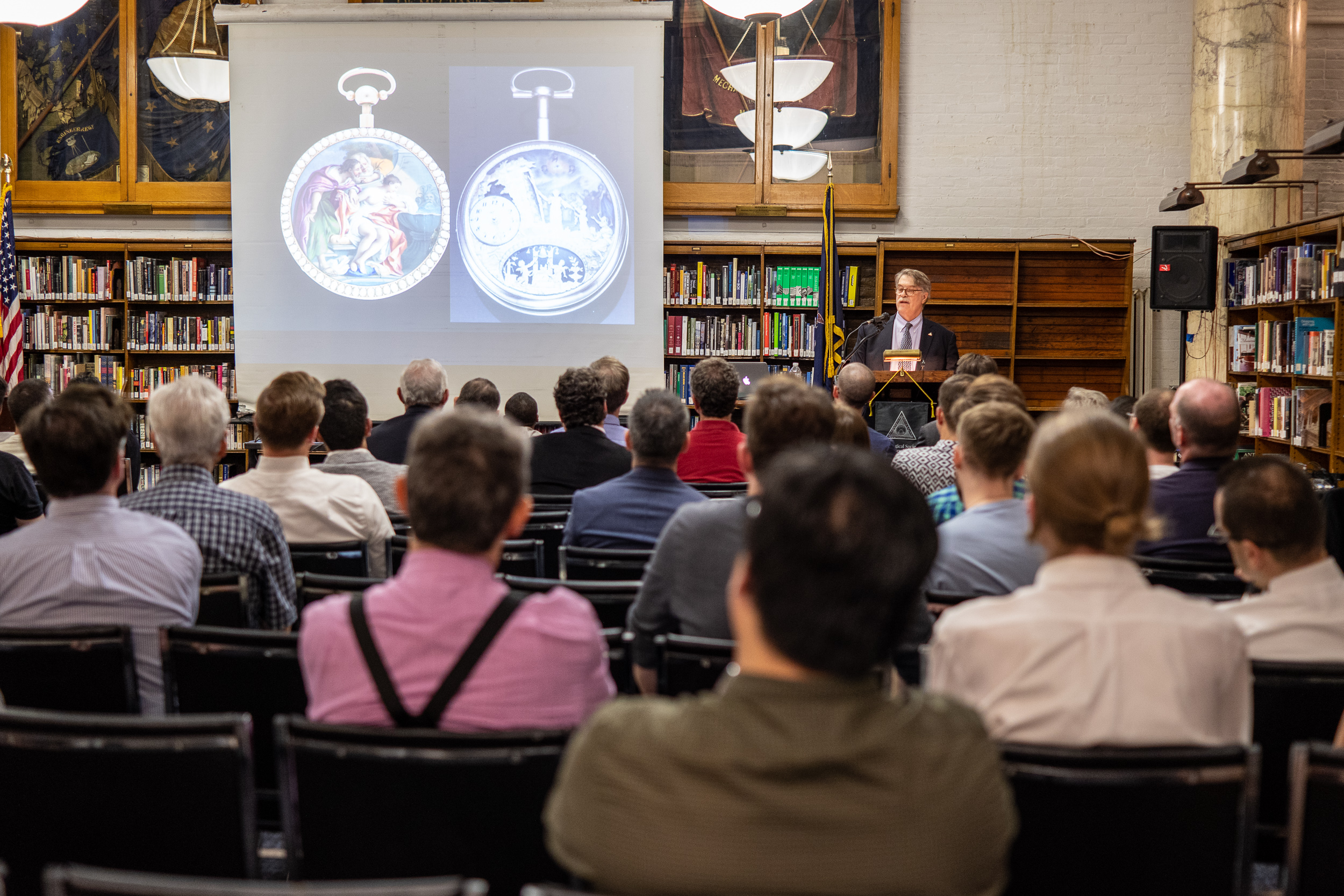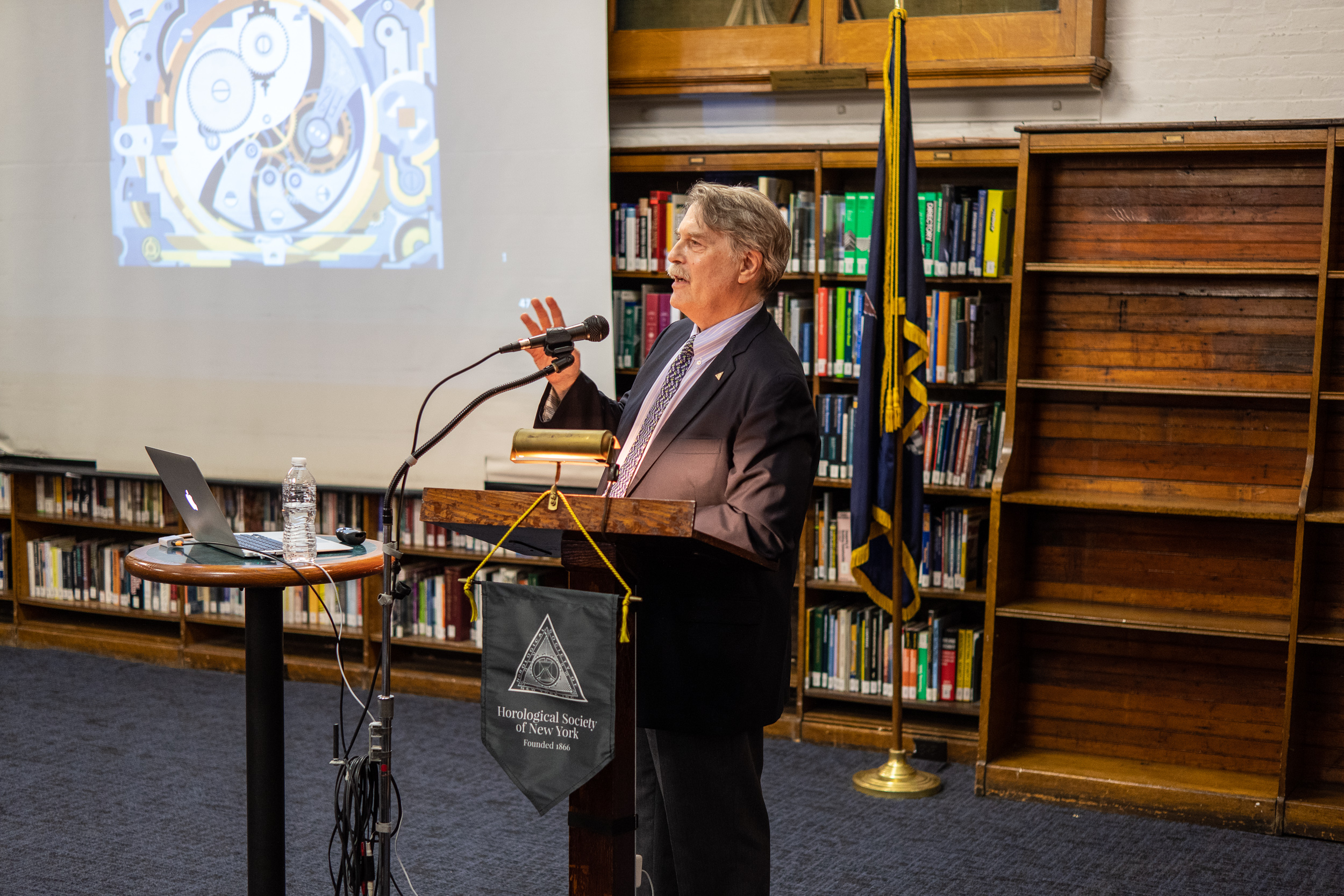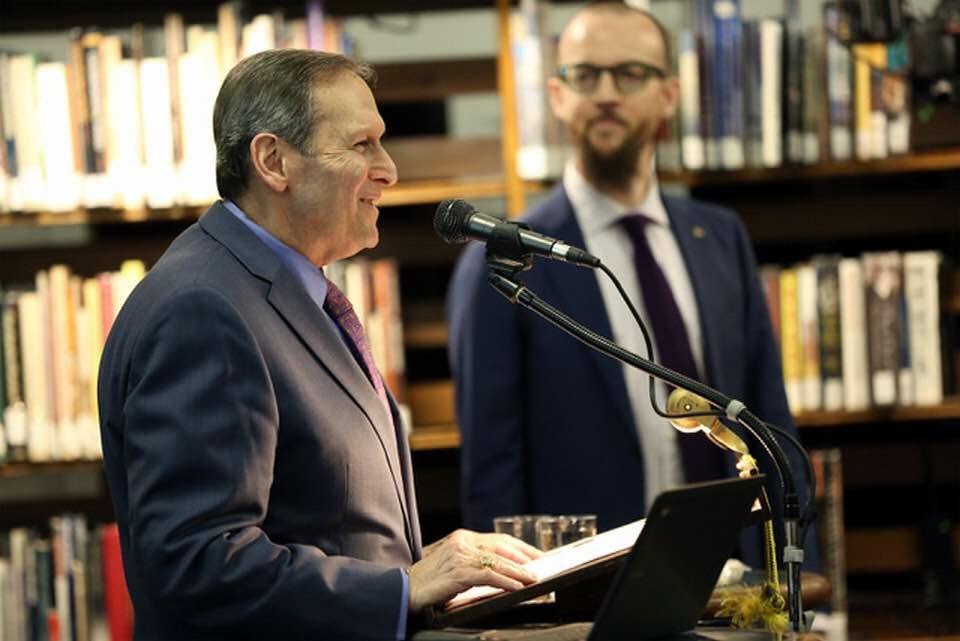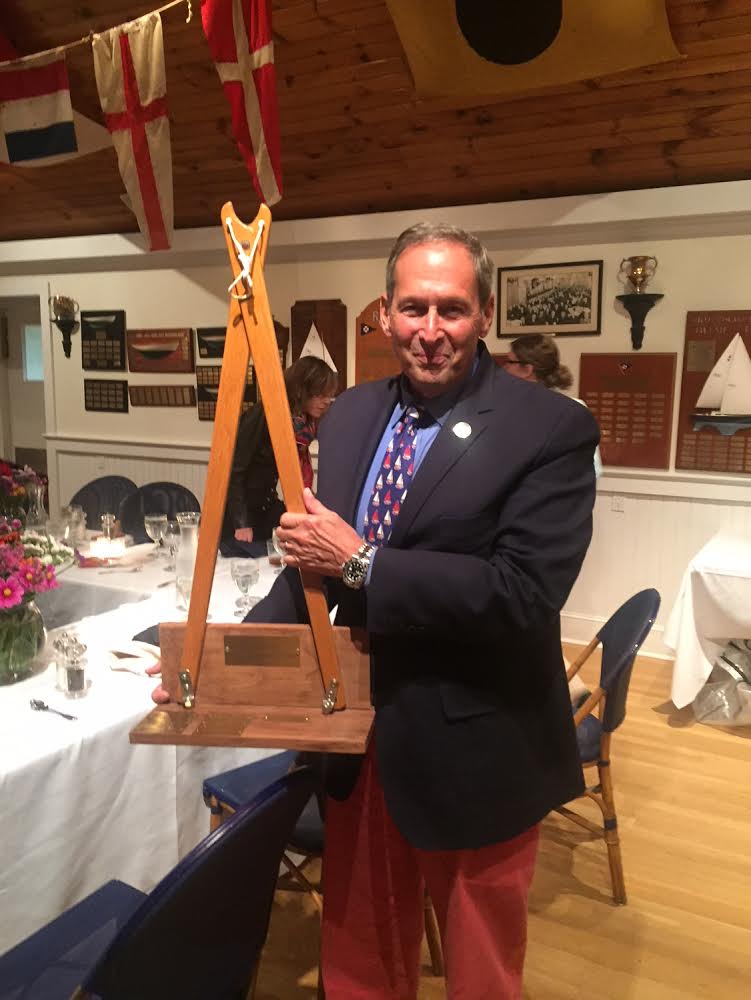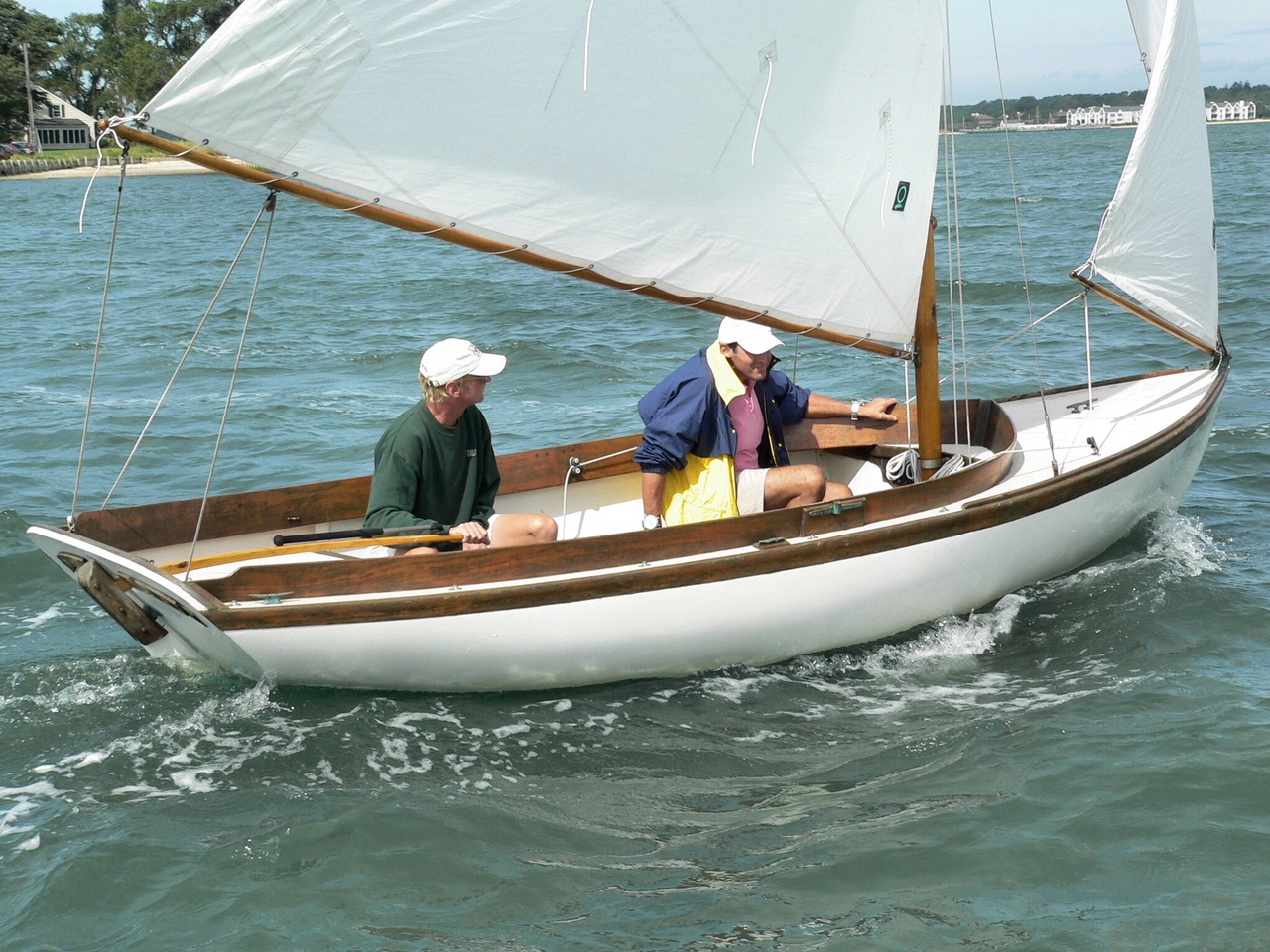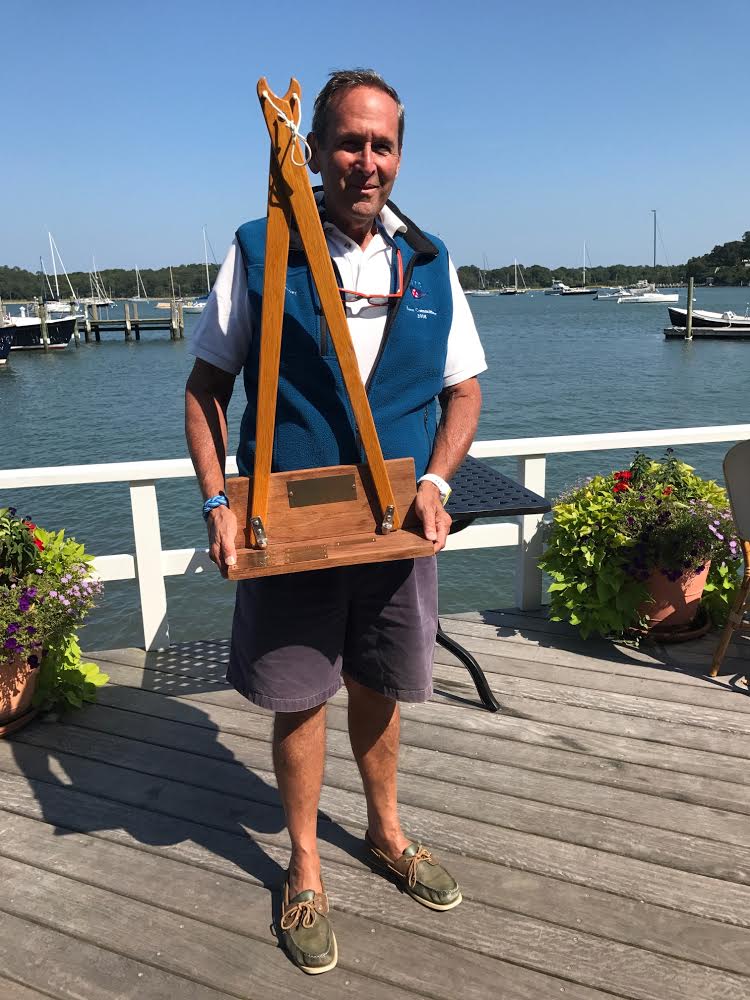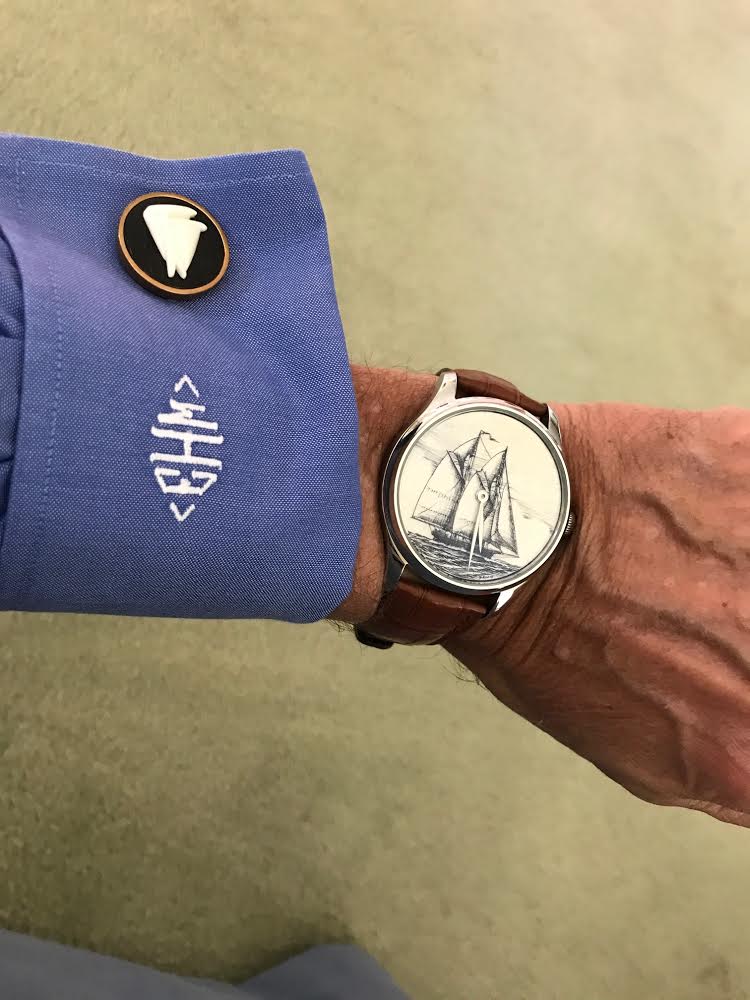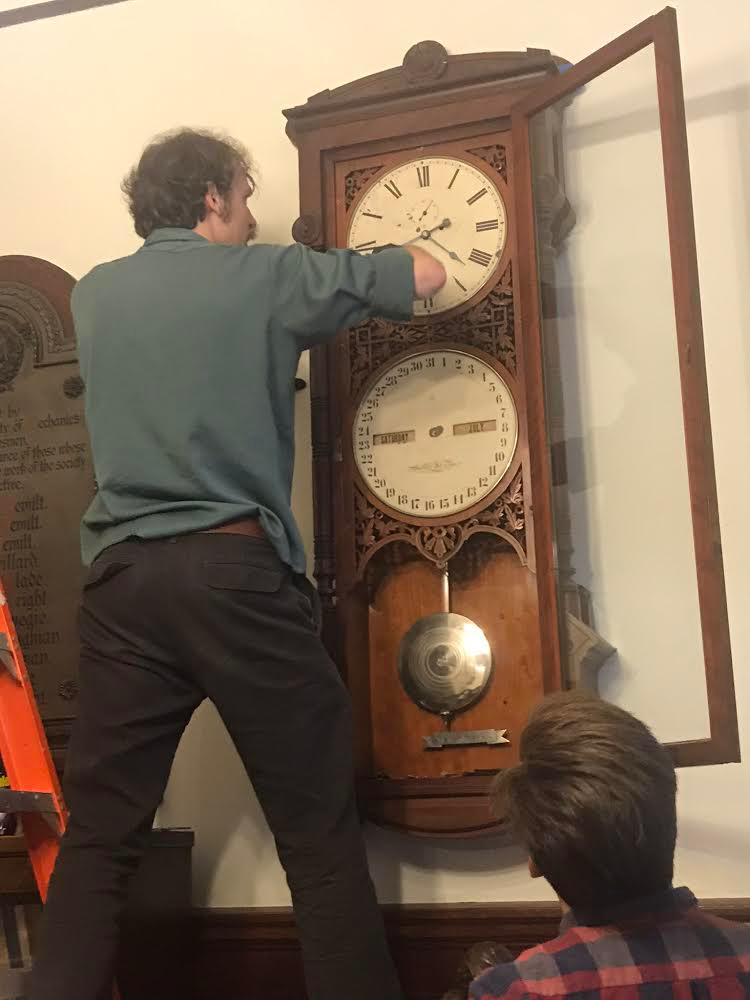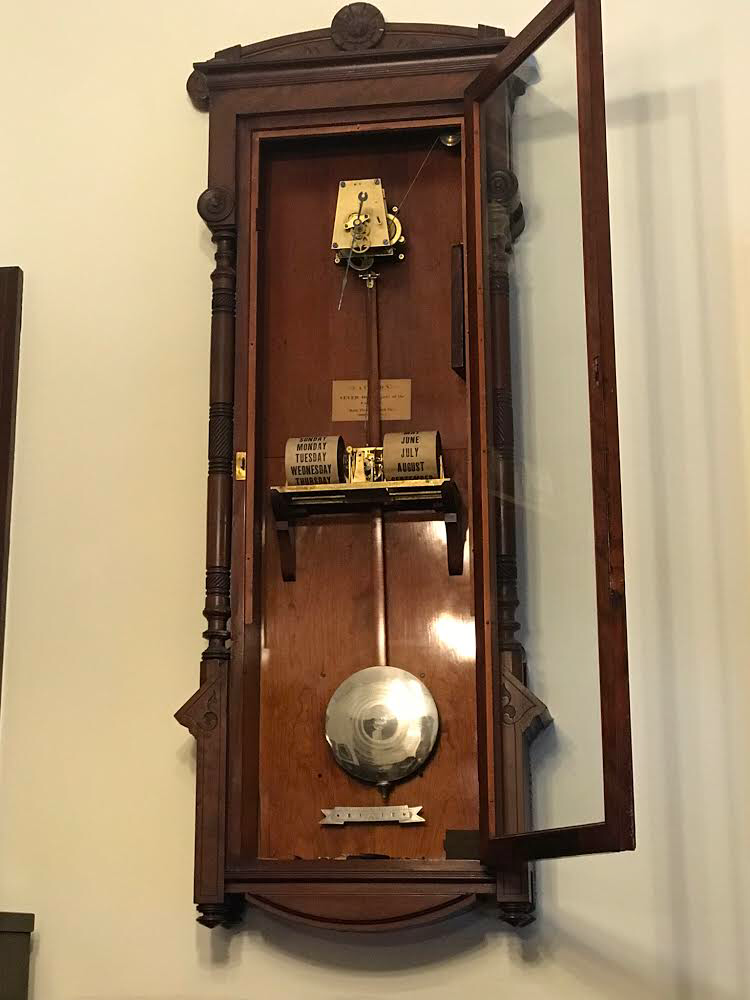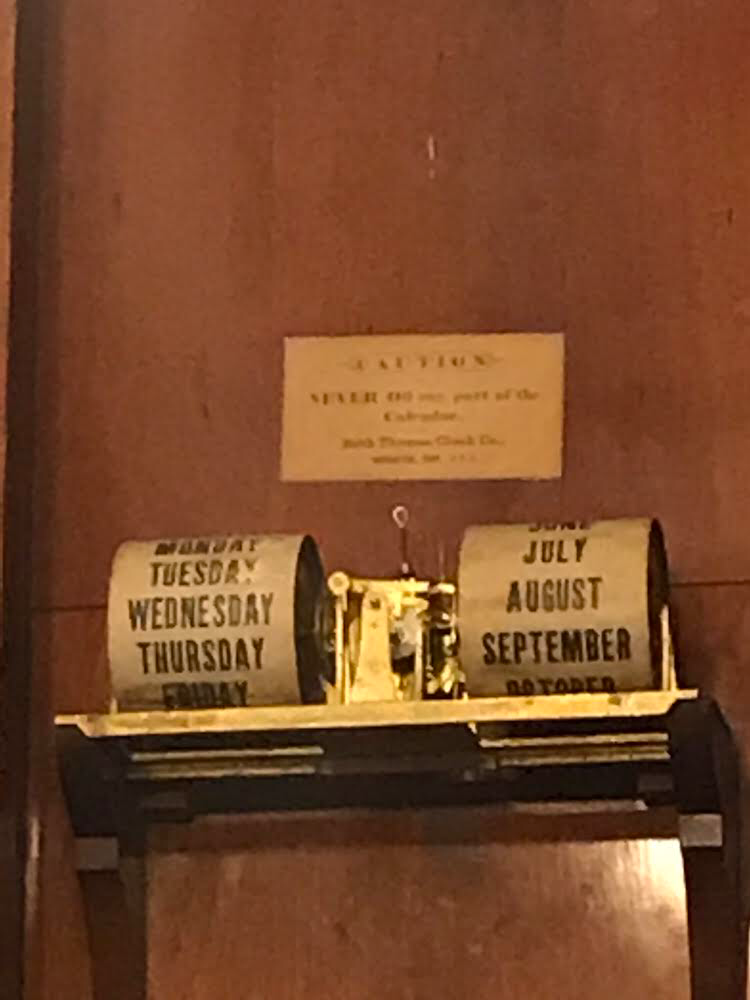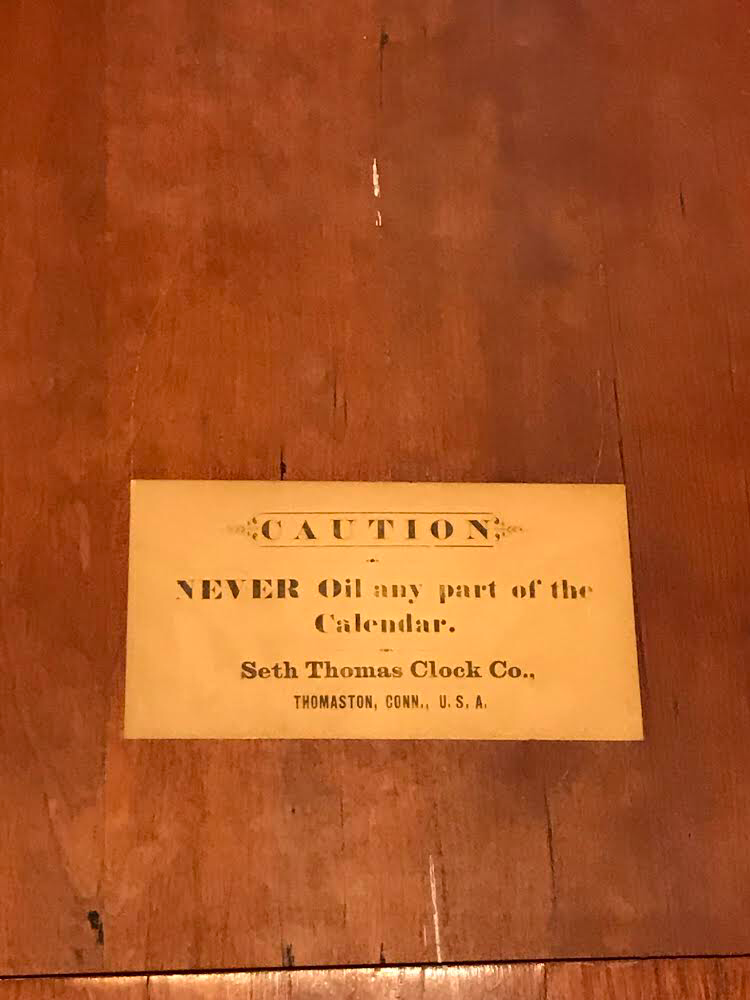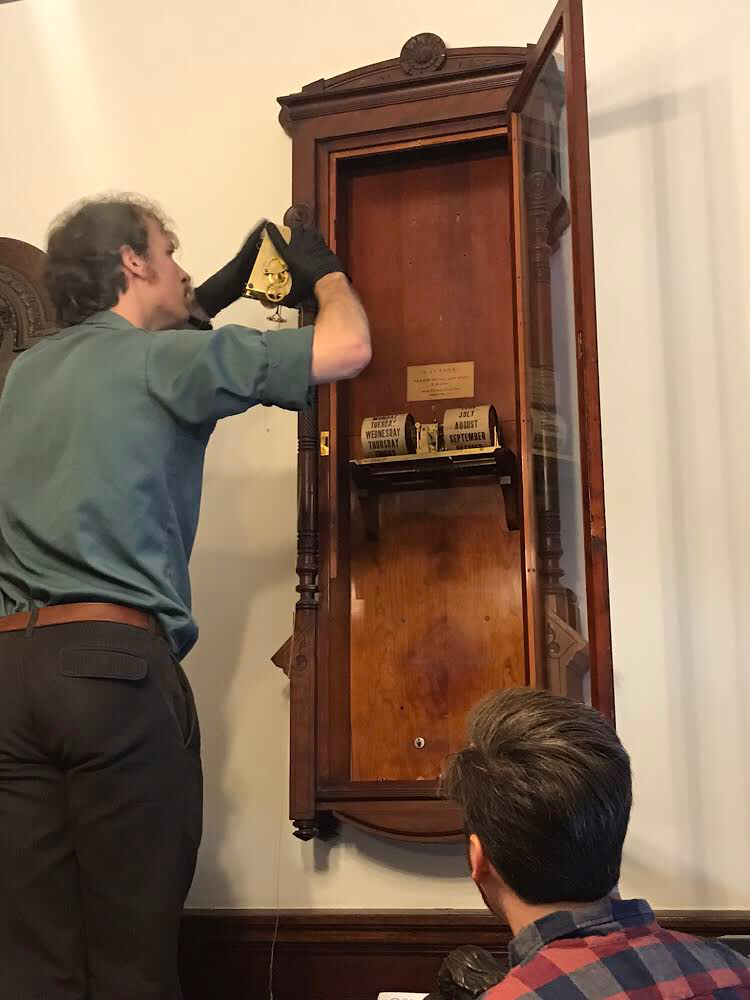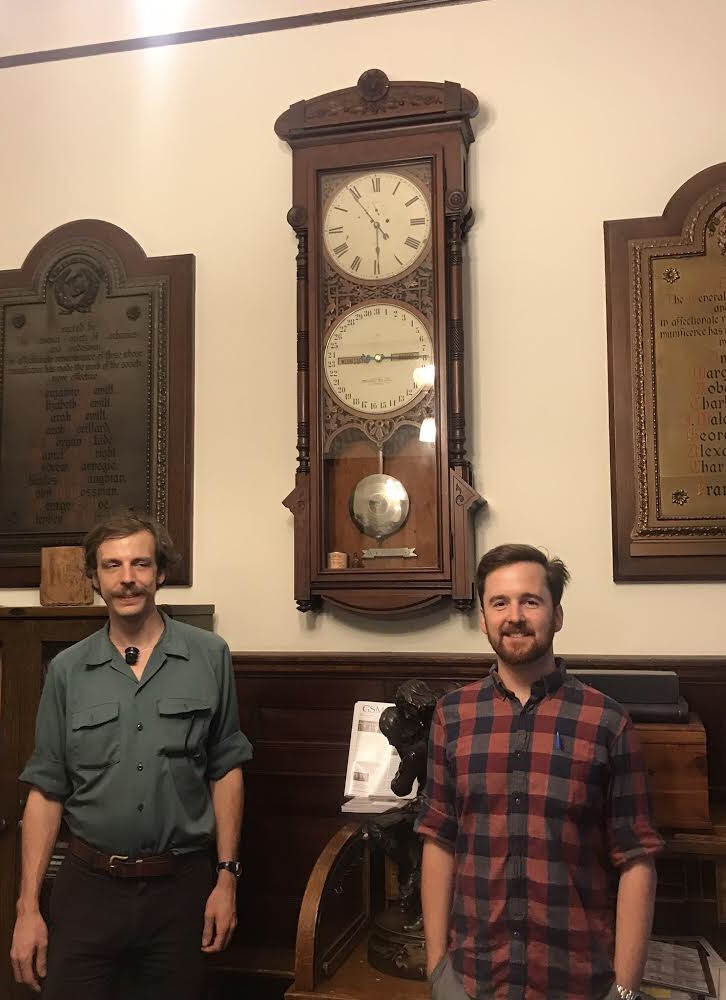New York-based independent production company Tourbillon Film Works, LLC is continuing to raise money to fund filming for “Keeper of Time”, a feature length documentary produced and directed by Michael Culyba, that explores the history of horology, mechanical watchmaking and the very concept of time.
There are just 13 days left to pitch in and become part of (horological!) cinematic history. The ambitious project, which includes interviews from top experts and the finest watchmakers in the world, is an all-or-nothing project and has a Kickstarter goal of $100,000.
“Keeper of Time” delves into the world of timekeeping by examining the planets and stars above, the astonishing engineering of mechanical watches, the sophisticated atomic clocks that keep our modern world running and much, much more. All the while, the film contemplates the theoretical and physiological notions of time, aging and human mortality.
Featuring a who’s who from cutting-edge scholars in the fields of molecular biology, quantum physics and philosophy, the film includes interviews with master watchmakers and industry leaders worldwide.
More about the Kickstarter campaign
The Kickstarter campaign features an array of exclusive rewards. Working with New York graphic designers Small Stuff, the campaign is offering a limited edition film poster featuring a diagram by world renowned watchmaker Roger W. Smith, a set of three working wall clocks handmade in Germany, and an originally designed paper sundial to be printed at home and folded to tell time in the northern hemisphere. The Kickstarter is also offering rewards from the famed watchmakers featured in the film! Click here for a full list of pledge rewards.

